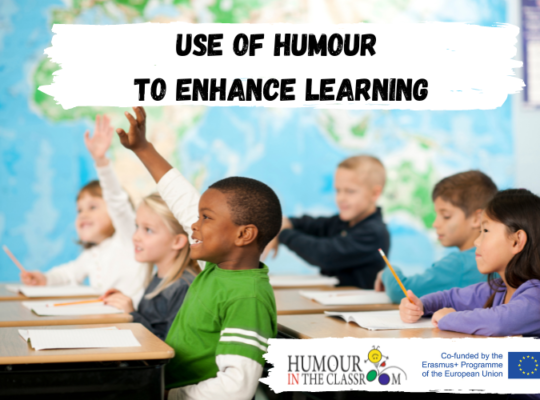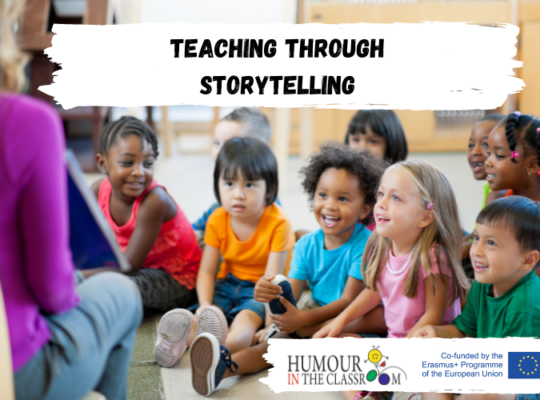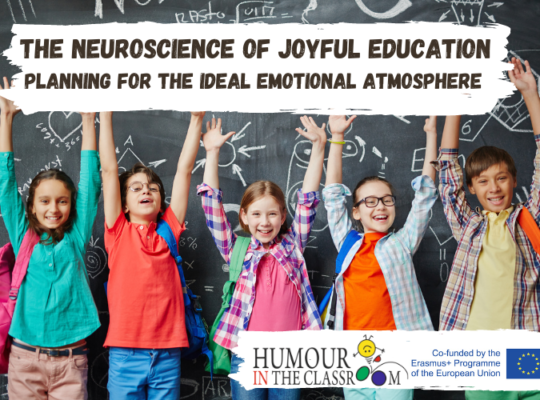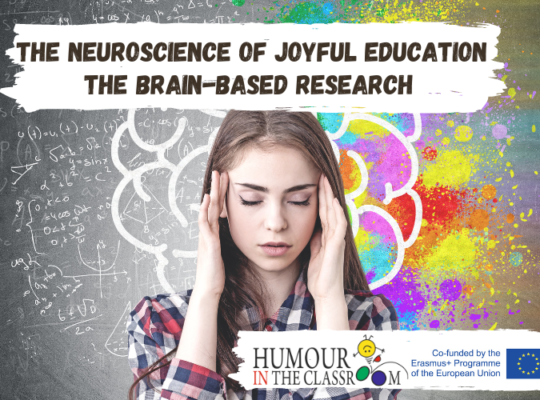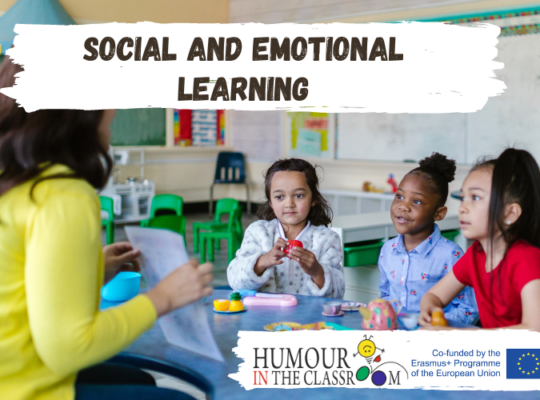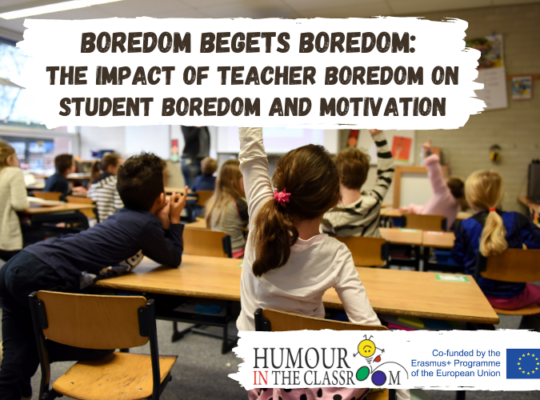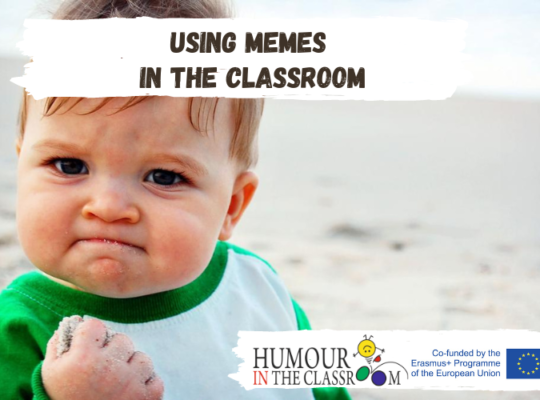Use of Humour to Enhance Learning
Humour as a pedagogical tool can be like walking on a tightrope. If done well, it could enhance learning or at the very least make learning more fun. However, if not done well, it could have disastrous consequences. I remember a few years ago attending a webinar on use of humour and I found it …
